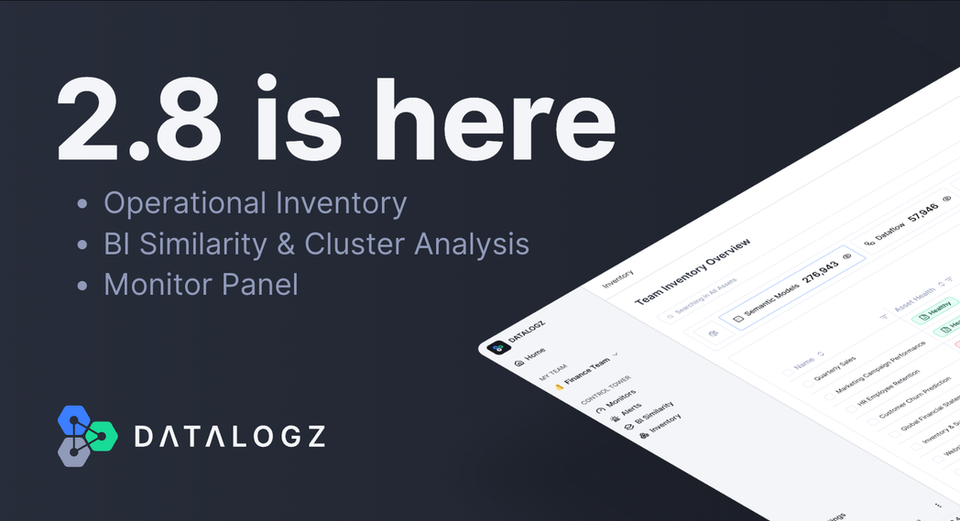Semantic Synergy: The Power of Semantic Analysis in Business Intelligence
Dive into the transformative role of Semantic Analysis in Business Intelligence, exploring its benefits, applications, tools, and challenges in extracting deeper insights.

In the evolving world of Business Intelligence (BI), data isn't just about numbers. It's about the meaning and context that underpin these figures. Enter Semantic Analysis. This technique seeks to understand the significance behind data, ensuring that businesses aren't just data-rich but insight-rich as well. In this blog post, we will unravel the importance of Semantic Analysis in BI, exploring its facets, benefits, and potential impacts on decision-making.
Semantic Analysis – Beyond Simple Analytics
At its essence, Semantic Analysis deciphers the meaning behind data, diving deeper than traditional analytics that focus merely on raw numbers and statistics. It is the bridge between raw data and genuine insights, emphasizing context and sentiment.
For instance, two products might have similar sales numbers, but semantic analysis can discern which product is more favored based on customer reviews and sentiments. While Product A might be selling due to aggressive marketing, Product B could be selling because of genuine customer appreciation. Such insights are invaluable in the business realm, guiding more nuanced strategies.
Benefits in Business Intelligence
Semantic Analysis, when integrated into BI, elevates the depth and breadth of insights derived from data. Here are some profound benefits:
- Enhanced Data Comprehension: While raw figures provide a snapshot, semantic insights offer a comprehensive picture. Businesses can understand not just 'what' but 'why' a trend or pattern exists.
- Informed Decision Making: Contextual understanding equips decision-makers to craft strategies rooted in deep insights, not just surface-level observations. This leads to more effective, outcome-oriented decisions.
- Competitive Advantage: In a saturated market, understanding the sentiments and nuances behind data gives businesses an edge, allowing them to tap into unmet needs or address potential pitfalls proactively.
Real-world Applications of Semantic Analysis
From marketing to product development, Semantic Analysis is reshaping various business domains:
- Marketing and Brand Perception: By analyzing sentiments from customer reviews, social media, and forums, businesses can gauge their brand health and make necessary adjustments in their messaging.
- Product Development: Semantic Analysis helps in understanding what features or attributes of a product resonate most with the users, guiding future enhancements or innovations.
- Customer Service: By semantically analyzing customer feedback and complaints, businesses can identify recurring themes or issues, leading to better service strategies.
Tools and Techniques for Semantic Analysis
The rise of Semantic Analysis has spurred the development of numerous tools and techniques designed to mine deeper insights from data. Natural Language Processing (NLP) tools, for example, can comb through vast amounts of text, extracting sentiments, emotions, and contextual meanings.
Popular tools include IBM's Watson, Google Cloud Natural Language API, and Microsoft's Azure Text Analytics API. These platforms harness advanced algorithms to dissect and understand human language nuances, providing businesses with a rich tapestry of insights.
Moreover, for businesses aiming to implement Semantic Analysis, it's vital to ensure clean and high-quality data input. The adage "garbage in, garbage out" is especially relevant here. Training and refining the models is also crucial to obtain accurate and meaningful results.
Potential Challenges and Overcoming Them
While the benefits are numerous, Semantic Analysis in BI is not without its challenges. Ambiguities in language, especially with sarcasm or regional slang, can sometimes skew results. Moreover, the vastness of data can be daunting, and without the right tools, can lead to oversights.
However, these challenges aren't insurmountable. Regularly updating and training models, especially with domain-specific data, can enhance accuracy. Collaborating with linguistic experts can help in refining the models, and cross-referencing findings with other data sources can validate the insights derived.
In a data-driven era, Semantic Analysis stands out as a beacon, illuminating the deeper recesses of business data. By emphasizing meaning and context, it ensures that businesses operate not just on figures, but on genuine insights. As BI continues to evolve, the integration of Semantic Analysis is not just preferable—it's imperative.



